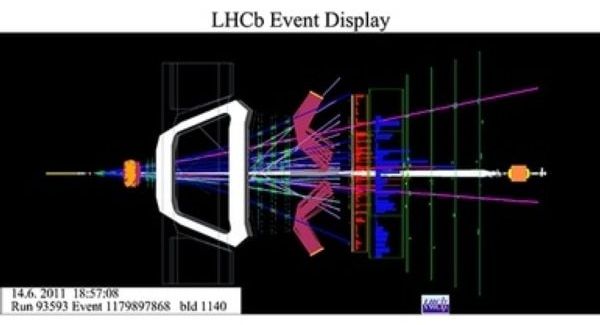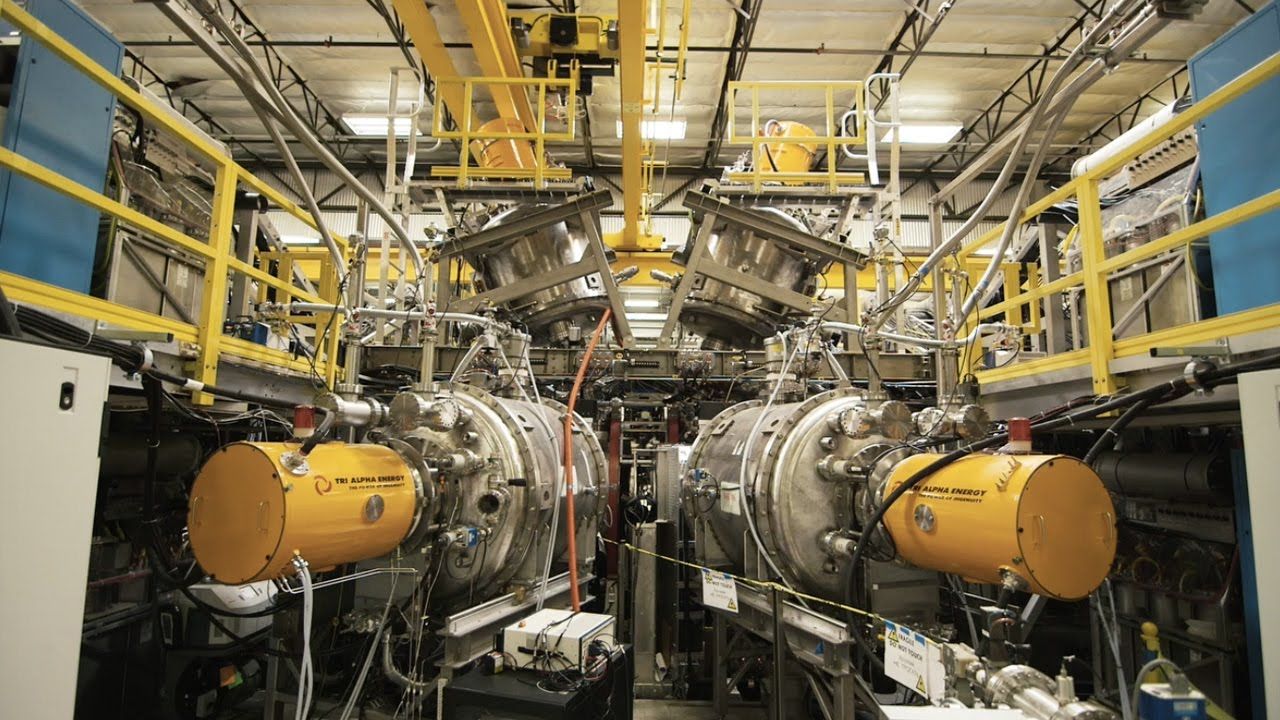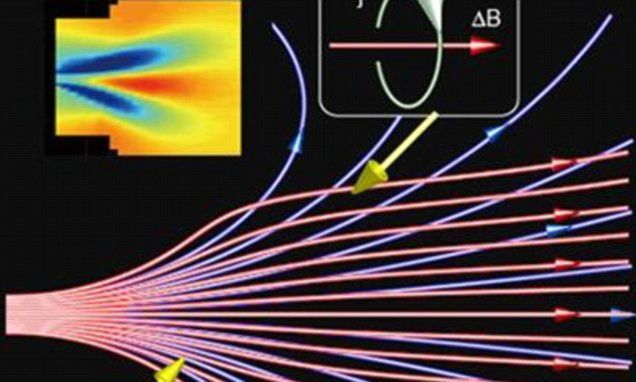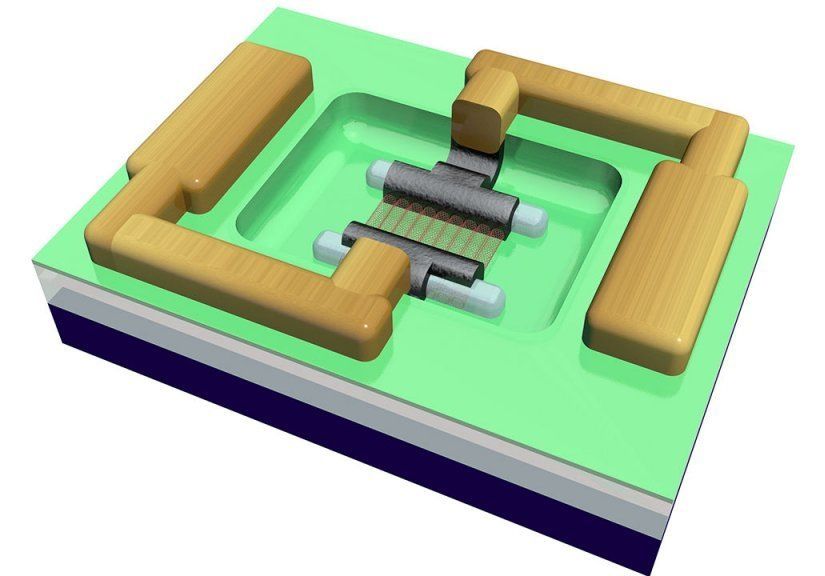https://youtube.com/watch?v=NbY8KnnCeh4
– Tri Alpha Energy (TAE), the world’s largest private fusion company ($500 million in funding), has achieved first plasma on its newest generator, Norman, formerly known as C-2W and now named after the company’s late co-founder, Dr. Norman Rostoker.
The $100 million plasma generator, the fifth in a series of devices built over the last 20 years, will continue validation of the company’s underlying technology and enable commercialization efforts toward delivering utility-scale fusion energy. With Norman now operational, the company will continue to move quickly down its developmental path, expanding temperature ranges and sustaining plasma for longer periods towards perfecting the essential operating characteristics required to sustain fusion reactions. Over the coming months, the company will be accelerating Norman’s levels of performance to further validate the fundamental confinement requirements that will ultimately be necessary for commercial operations.
Like previous iterations of the device, Norman uses an advanced field-reverse configuration (FRC) combined with intense neutral beam injection to create and confine plasma. onstruction on this fifth-generation machine began in June of 2016, and it sits in a newly designed headquarters facility and control room in Foothill Ranch, CA. It takes the place of the company’s previous plasma generator, C-2U, which was able to successfully achieve its critical milestones including at-will plasma sustainment in June of 2015. Norman expands upon these milestones with the opportunity to bring forward new understandings in plasmas dominated by highly energetic particles.
Read more









